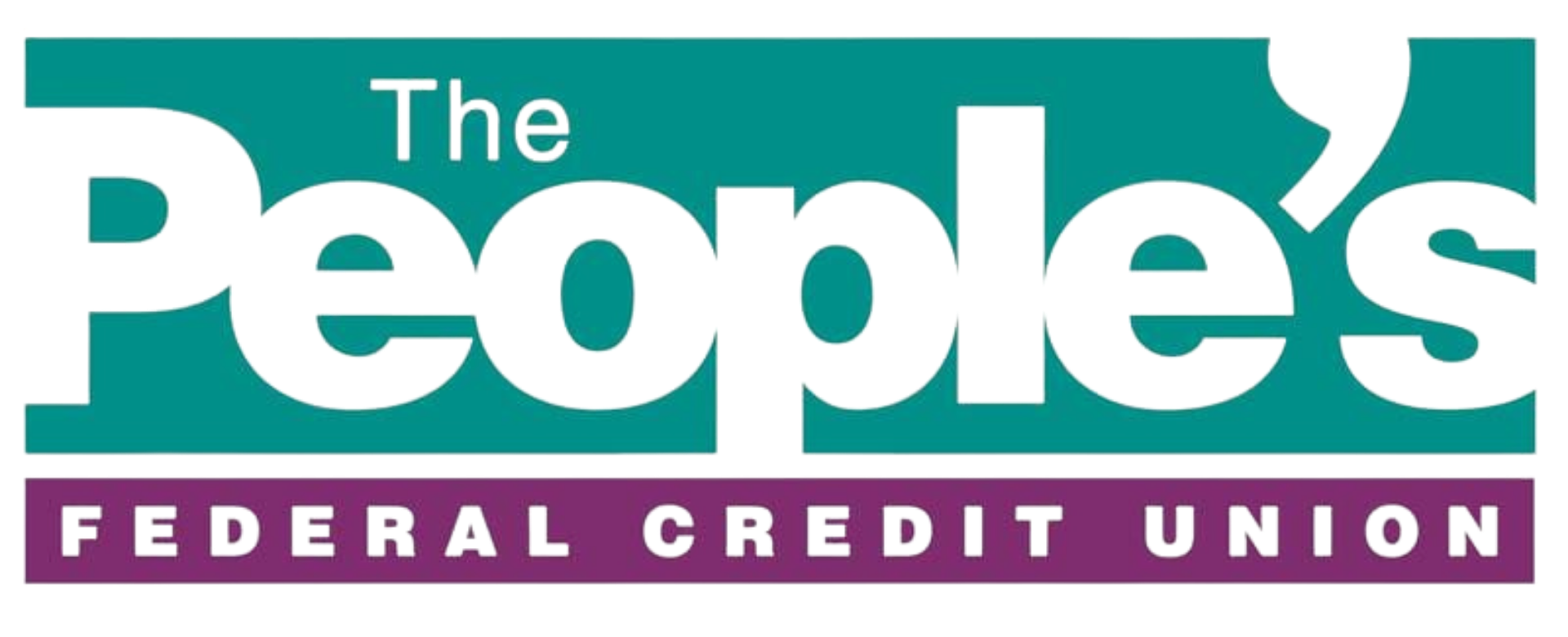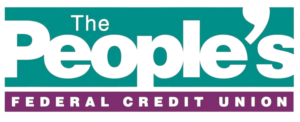Achieving financial stability requires consistent saving and smart planning. While there’s no fixed amount for everyone, understanding key saving principles helps you develop a strategy suited to your unique circumstances and goals. Careful budgeting and informed financial decisions can strengthen your ability to build lasting security.
Key Takeaways
- The 50/30/20 rule of thumb suggests saving 20% of your income, but financial experts recommend adjusting it based on your personal situation and regional costs.
- Your optimal savings rate varies based on personal financial goals and circumstances.
- Prioritizing an emergency fund is essential before addressing other savings targets.
- Automating savings and utilizing a high-yield savings account can enhance your financial growth.
Why Should You Focus on Saving?
Saving is the foundation of long-term financial stability. It helps you handle unexpected expenses, pursue personal goals, and protect your family’s future. Economic uncertainty, rising living costs, and job market fluctuations can impact anyone—making it essential to build a financial cushion. Developing consistent saving habits now can help you avoid stress and stay resilient when challenges arise.
How to Determine Your Ideal Savings Rate
There’s no one-size-fits-all savings formula. Your ideal monthly savings amount depends on your financial situation, lifestyle, and long-term goals. Use a flexible framework and adjust based on the following personal and external factors:
- Income level and stability
- Living expenses and lifestyle choices
- Existing debt and finance charges
- Family size and future responsibilities
- Career stage and growth potential
- Cost of living in your region (e.g., housing and taxes)
- Market conditions, inflation, and interest rates
- Available tax advantages or employer benefits
A popular starting point is the 50/30/20 budgeting rule:
- 50% for essentials (housing, food, transportation, utilities)
- 30% for discretionary spending (hobbies, entertainment)
- 20% for savings and debt repayment
This is just a guideline. For example, Texans living in high-cost cities like Austin or Dallas may need to save a higher percentage or reduce discretionary spending to stay on track.

Priority-Based Saving Strategies
Not all savings goals are equally urgent. A tiered approach ensures critical needs are addressed first, with room to grow into more ambitious goals over time.
1. Address High-Priority Debt
High-interest debt, like credit cards, can erode financial progress. Pay it down strategically while keeping a minimal savings buffer. Consider:
- Creating a debt repayment strategy (snowball or avalanche methods)
- Negotiating lower interest rates
- Maintaining basic emergency savings while repaying debt
2. Emergency Savings Plan
Before investing heavily or saving for major goals, build an emergency fund of 3–6 months’ expenses. This provides financial security during:
- Job loss or inconsistent income
- Medical emergencies
- Major home or auto repairs
- Local economic disruptions
3. Balance Short- and Long-Term Goals
Organize your savings across different time horizons to meet both immediate and future needs.
Short-term goals (1–3 years)
- Home down payment
- Vehicle purchase
- Wedding expenses
- Vacation fund
Mid-term goals (3–10 years)
- Starting a business
- Education funding
- Home renovation
- Investment portfolio
Long-term goals (10+ years)
- Retirement savings
- Legacy planning
- Second home purchase
- Children’s education
- Health and insurance coverage

Practical Saving Tools and Techniques
Use these strategies to make saving more efficient and sustainable, especially in a dynamic economic environment.
1. Automate Your Savings
Set up automatic transfers to your savings account on payday. Paying yourself first encourages consistency and prevents overspending.
2. Optimize Your Accounts
Maximize your growth potential by choosing accounts that support your goals:
- High-yield savings for emergency funds
- Retirement plans like 401(k)s and IRAs
- Tax-advantaged accounts like 529 college savings plans
- Brokerage accounts for long-term wealth-building
3. Review and Adjust Regularly
Reassess your financial situation and savings goals quarterly or after major life changes. Realigning your strategy ensures you stay on course.
4. Make Saving Easier
Simplify your routine to make saving less of a chore:
- Use budgeting apps to monitor spending
- Split your direct deposit between checking and savings
- Cancel unused subscriptions
- Explore income growth through side gigs or career advancement
- Take advantage of tax savings where possible
- Practice mindful spending
5. Start Small
If saving feels overwhelming, start with low-pressure steps:
- Save 1% of your income and increase slowly
- Use round-up features on banking apps to save spare change
- Save windfalls (rebates, bonuses, tax refunds)
- Opt for a no-fee bank or credit union
- Lower utility or service bills by shopping for better rates
6. Be Realistic When Times Are Tight
When cash flow is limited, small steps still matter. Focus on habits, not perfection:
- Build a mini emergency fund ($500–$1,000)
- Save more during strong months, less during lean ones
- Look for free or low-cost employer benefits
- Share resources with family or roommates when possible
Start Your Savings Journey Today
Ready to boost your savings? The People’s Federal Credit Union offers competitive high-yield savings accounts to help Texans reach their financial goals faster. Our accounts feature:
- Competitive rates starting at 0.25% APY
- Up to $500,000 insurance coverage (ESI & NCUA)
- No monthly fees or minimum balance requirements
- Easy online and mobile access through CU@round
- Expert guidance familiar with Texas’s financial landscape
- A $25 minimum opening deposit
Whether you’re just beginning or optimizing your strategy, TPFCU provides the tools and expertise for financial success. Explore our website, call us at (806) 359-8571, or stop by one of our branches in Amarillo, Canyon, or Childress to learn how we can help you achieve your goals.







